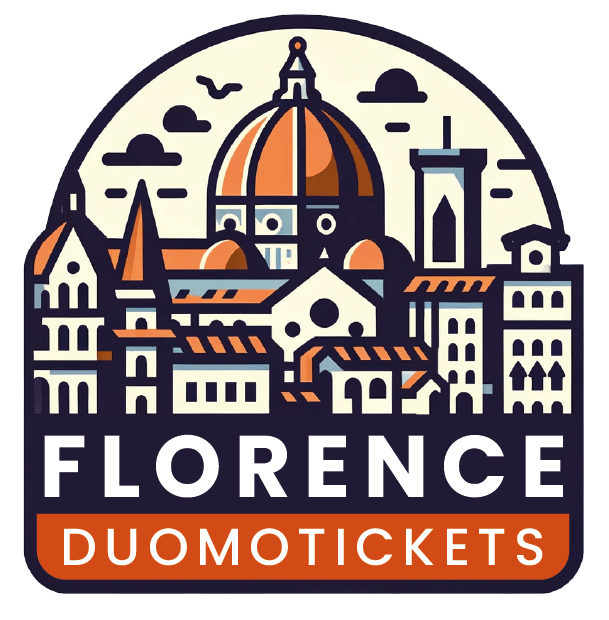
Giotto’s bell tower history – A Journey Through Time and Art
Did you know that sometimes all you need to do to travel is observe and read the stories that monuments tell? This is the case of Giotto’s Bell Tower in Florence, an architectural masterpiece located in the heart of the city, which tells the story of European art and that of many workers of the era of its construction.
The bell tower is synonymous with time, marked by the tinkling of its bells. Suppose In the past, not everyone had access to clocks to check the passage of the hours. In that case, bell towers assume an even more important value, because they had (and still today, some traditionally preserve this role) the task of making time tangible. But not only. They played the precious role of warning citizens of essential city life events. That is why bell towers are buildings that fascinate everyone, big and small, with the ringing of the bells.
Giotto’s Bell Tower
In 1334, Giotto di Bondone, a great Florentine master, decided to design a series of bas-reliefs for the Bell Tower designed by Arnolfo di Cambio, the city’s leading architect. In his project, Giotto inserted the history of art and human work in the walls of the Bell Tower, using the symbolism of the building itself as the “ruler” of time. Seven panels, or bas-reliefs, are arranged in two rows on each of the three walls, designed by Giotto and executed by Andrea Pisano. Moving from left to right, starting from the west wall, the story is told: the first row shows the art and work done by man, and the second row represents the celestial and spiritual forces that govern the various types of work.
The stories of the west side of the building
The west side is relatively simple to read as it illustrates the primordial works that man has undertaken. The story is told from a Christian point of view, as shown by the two events at the foundation of this religion: the creation of Adam and Eve. Then, moving from left to right, we find ourselves in front of the panels that represent the first work, the invention of sheep farming, music, metallurgy, and finally, winemaking, all made by Andrea Pisano and his workshop. The second row of the west side of the bell tower represents the seven planets that govern the work of man: the Moon (which at the time was considered a planet), Mercury, Venus, Sun (as for the Moon, it was considered a planet), Mars, Jupiter, Saturn.
Moving to the south side of the walls, we discover the theological and cardinal virtues. From left to right, we find the representation of Faith, Charity (Love), and Hope for the Theological Virtues and Prudence, Justice, Temperance, and Fortitude for the Cardinal Virtues. The panels of the first row represent the art of astronomy, architecture, medicine, the art of riding, weaving, and legislation, and finally, mechanics – rendered by a figure of Daedalus.
The stories of the east side of the building
The east side of the bell tower is dedicated to the seven liberal arts, considered the foundation of all knowledge at the time. The panels represent grammar, logic, rhetoric, arithmetic, geometry, music, and astronomy from left to right.
The stories of the north side of the building
The north side of the bell tower is dedicated to the seven sacraments of the Catholic Church. From left to right, the panels represent baptism, confirmation, Eucharist, penance, anointing of the sick, holy orders, and matrimony.
